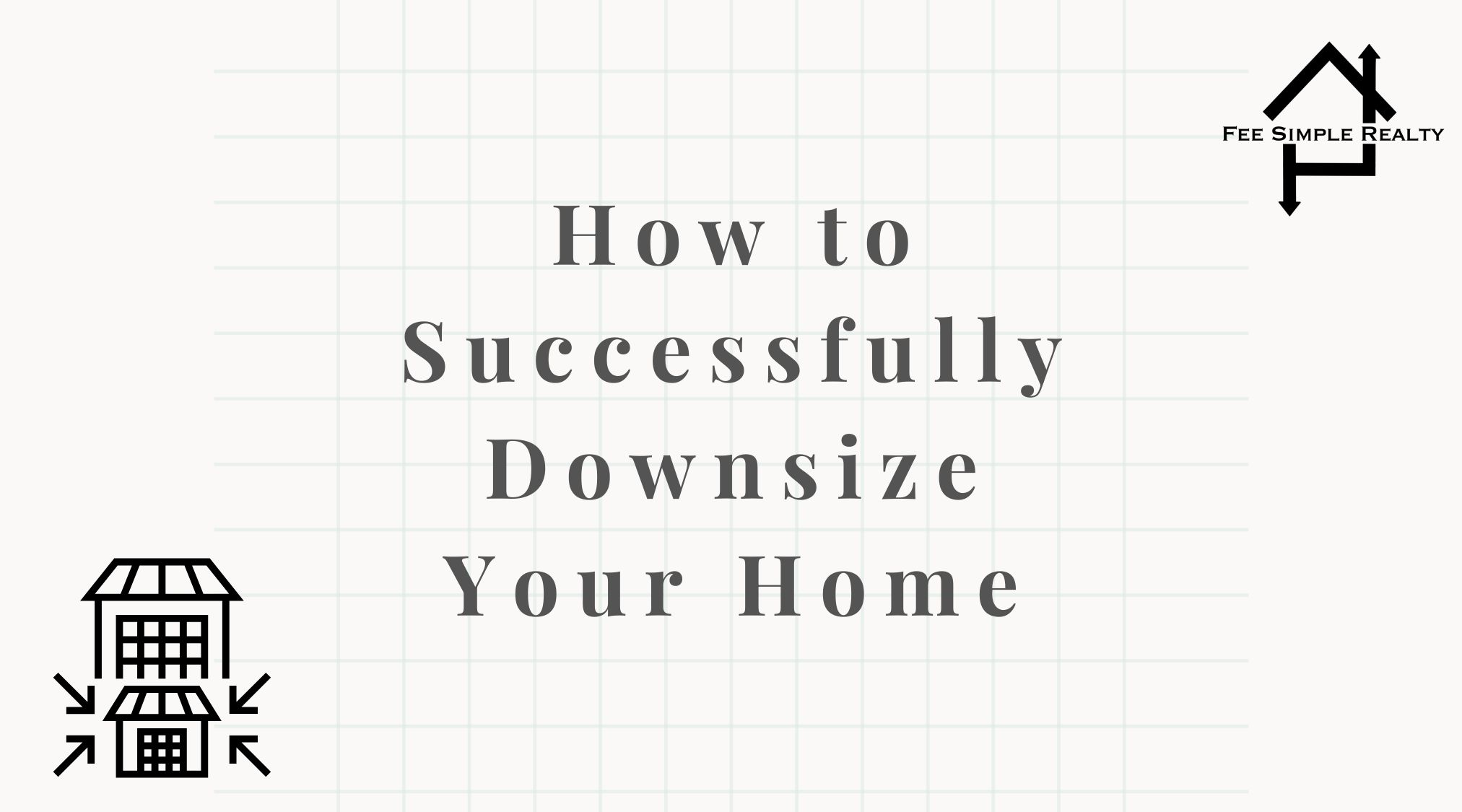How to Successfully Downsize Your Home
Downsizing your home can be a liberating and financially beneficial move, whether you’re an empty nester, approaching retirement, or simply looking to simplify your life. However, the process can also be challenging and emotional. This guide will provide you with practical steps and tips to successfully downsize your home and make the transition as smooth as possible.
Overview: Steps to Successfully Downsize Your Home
Steps:
- Assess Your Needs and Goals
- Declutter and Sort Belongings
- Plan Your New Space
- Sell, Donate, or Recycle Items
- Move and Settle into Your New Home
Detailed Breakdown: Steps to Successfully Downsize Your Home
1. Assess Your Needs and Goals
Simple Explanation: Determine why you want to downsize and what you hope to achieve.
In-Depth Analysis: Start by evaluating your reasons for downsizing. Are you looking to reduce maintenance and expenses, move closer to family, or enjoy a more manageable space? Understanding your goals will help guide your decisions throughout the process. Consider the type of lifestyle you want and how your new home can support it. This clarity will make it easier to make tough choices about what to keep and what to let go.
Questions to Ask:
- Why am I downsizing?
- What are my must-haves in a new home?
- How much space do I really need?
2. Declutter and Sort Belongings
Simple Explanation: Go through your possessions and decide what to keep, sell, donate, or discard.
In-Depth Analysis: Decluttering is a crucial step in the downsizing process. Start by sorting your belongings into categories: keep, sell, donate, and discard. Focus on one room at a time to avoid feeling overwhelmed. Be honest with yourself about what you truly need and use. Items that haven’t been used in the past year, duplicates, and things with no sentimental value can likely be let go. Consider the size and layout of your new home when deciding what to keep.
Tips:
- Use the “one-year rule” for deciding what to keep.
- Consider the emotional value of items.
- Take measurements of your new space to ensure items will fit.
3. Plan Your New Space
Simple Explanation: Visualize how your belongings will fit into your new home.
In-Depth Analysis: Planning your new space is essential to ensure a smooth transition. Obtain a floor plan of your new home and think about how your furniture and belongings will fit. This will help you identify any items that may not work in the new space. Consider multifunctional furniture and storage solutions to maximize your new home’s potential. Planning ahead can prevent moving unnecessary items and reduce stress on moving day.
Steps:
- Obtain a floor plan of your new home.
- Measure your furniture and compare it to the new space.
- Plan for multifunctional furniture and storage solutions.
4. Sell, Donate, or Recycle Items
Simple Explanation: Find new homes for items you’re not taking with you.
In-Depth Analysis: Once you’ve decided what to keep, it’s time to sell, donate, or recycle the rest. Host a garage sale, list items online, or take them to a consignment shop to make some extra cash. Donate gently used items to local charities or thrift stores. For items that can’t be sold or donated, look for recycling options to minimize waste. Decluttering sustainably can be rewarding and environmentally friendly.
Options:
- Host a garage sale or list items online.
- Donate to charities or thrift stores.
- Recycle items that can’t be sold or donated.
5. Move and Settle into Your New Home
Simple Explanation: Make a plan for moving day and getting settled.
In-Depth Analysis: Moving day can be hectic, but careful planning can ease the process. Hire a reputable moving company or enlist the help of friends and family. Label boxes clearly and keep an inventory to make unpacking easier. Once you’re in your new home, take your time to settle in and make it your own. Arrange furniture and belongings in a way that feels comfortable and functional. Embrace the opportunity to start fresh and enjoy your new, simplified lifestyle.
Tips:
- Hire a reputable moving company or enlist help.
- Label boxes and keep an inventory.
- Take your time settling into your new home.
Conclusion
Successfully downsizing your home involves assessing your needs, decluttering, planning your new space, and finding new homes for items you’re not keeping. By following these steps, you can make the downsizing process smoother and more manageable, allowing you to enjoy the benefits of a simpler, more efficient living space. Whether you’re downsizing in Central Florida or elsewhere, these tips can help you transition smoothly and comfortably.
Other Related Topics
If you found this information helpful, you might also be interested in learning about the benefits of investing in rental properties, the pros and cons of buying a fixer-upper, or understanding the impact of property location on real estate value. Stay tuned for more insightful real estate posts!
Contact us today or visit our Instagram | Facebook .
